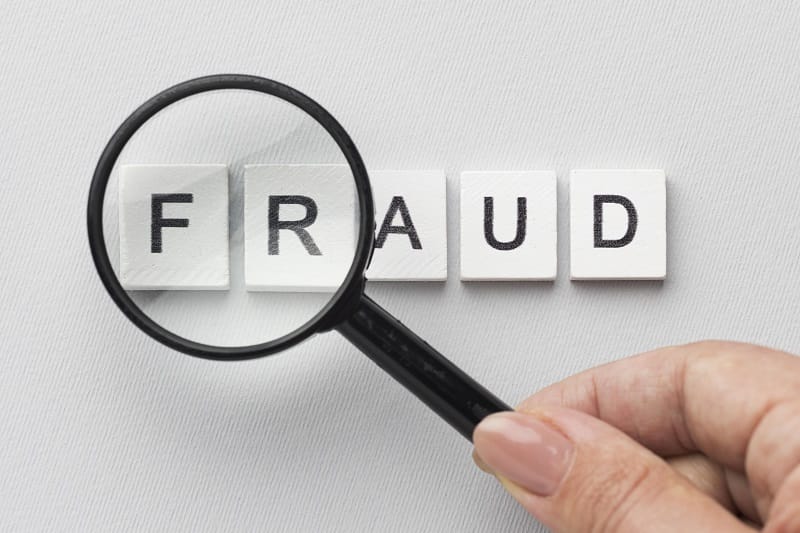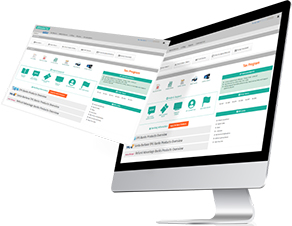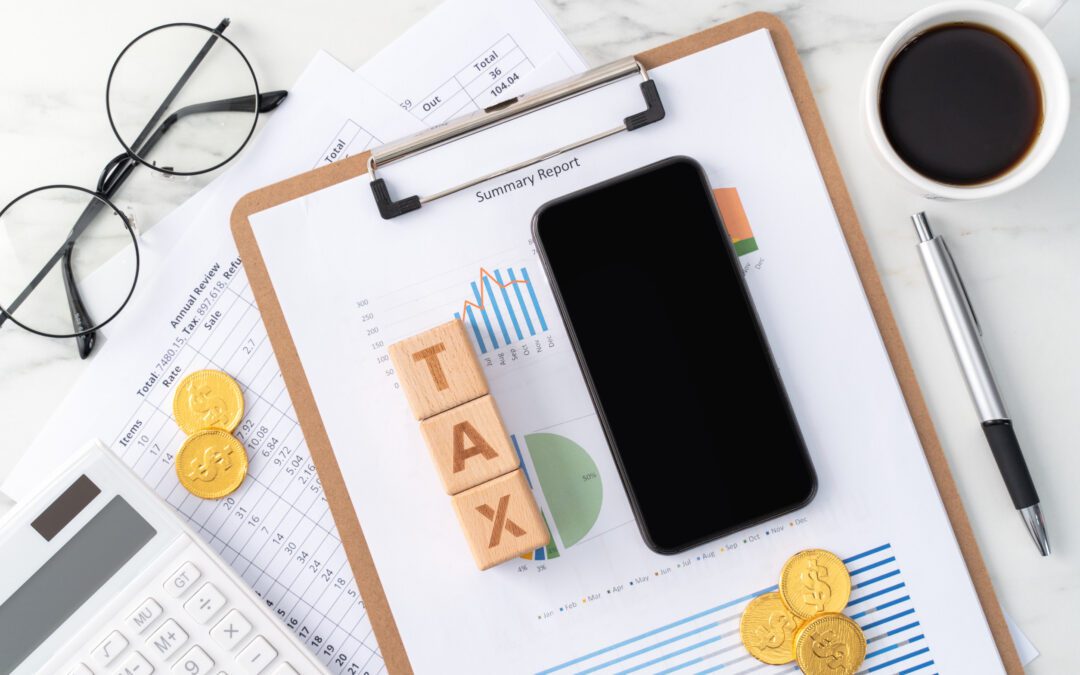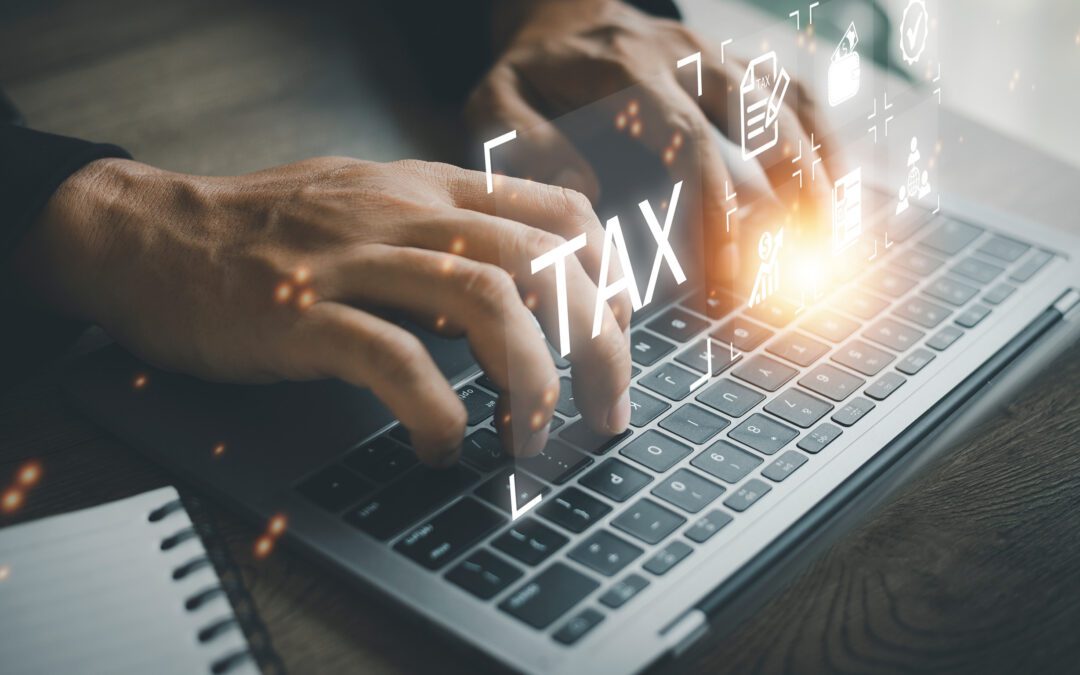Searching for the right tax preparer can be hazardous. Many scam artists prey on taxpayers’ inexperience and need for expedience. They submit bad returns, make off with the money, and leave the taxpayer holding the bag. Here are some warning signs you can share with your clients:
Refund Promises
Tax preparers trying to get business may attempt to lure a client in with guaranteed large refunds without first looking at the client’s situation. Legitimate professionals will never do this.
The tax preparer has zero control over how much their clients owe or will get as a refund. The taxpayer may get more money back working with a professional than by doing their own taxes because the preparer understands the tax code and programs better. They find deductions based on the client’s individual financial situation. If a preparer isn’t able to prove the client qualifies for a credit or deduction, however, they can’t lie about it or pad the numbers.
No PTIN
The Preparer Tax Identification Number (PTIN) tells the IRS who is preparing their taxes. All legitimate tax preparers have one assigned to them after they complete the required education and pass the tests. It guarantees that they meet the minimum required standard of competency.
Anyone unwilling to provide that number either hasn’t completed the requisite training or the IRS has barred them from using it to prepare other people’s taxes due to fraudulent activity. Taxpayers should:
- Ask to see their preparer’s PTIN before beginning the appointment and sharing their private financial data.
- Look up the number on the IRS “Directory of Federal Tax Return Preparers with Credentials and Select Qualifications” page.
- Verify the number is on the final return.
Premature Signature
Once the taxpayer puts their signature on that return, they are ultimately responsible for the accuracy of its contents. That means they could be on the hook for fraud if their tax preparer is incompetent or shady.
By signing the document before the return is complete, the taxpayer gives the preparer too much leeway. They could change the direct deposit information. They could claim more tax deductions than the taxpayer qualifies for and keep the difference.
It may be tempting to turn everything over to the professional, sign the form, and walk away, but no legitimate tax preparer will ask a taxpayer to do that. A trustworthy preparer will fill out the forms, ask the taxpayer to review them for accuracy, and then ask for a signature.
Paper Submission
Accounting tax software helps tax preparers e-file returns. It is the safest way to transmit private financial data. If they don’t have business tax software and are filling out paper documents, they may not protect your confidential information properly. It also indicates they may not prepare many returns each year. Tax professionals use standard industry tools to accomplish the job efficiently and securely.
No Proof
If a return is ever audited, the taxpayer and the tax preparer must prove they qualified for every deduction and credit. A shady preparer won’t stick around and will leave the taxpayer to face the audit alone.
Legitimate tax preparers want to make sure if they’re ever involved in an audit, they have documentation to support every deduction so both parties pass the audit unscathed. They keep their PTIN and can continue working as tax preparers.
Taxpayer Copy
The taxpayer’s copy of the tax return is their only salvation if the tax preparer changes the document before submitting it to the IRS. If the taxpayer can prove it was accurate when they signed the document and left the tax preparer’s office, then the taxpayer is off the hook for any fraudulent activity that happens after the document leaves taxpayer control.
The taxpayer should make sure they have a copy of the return with both taxpayer and preparer signatures on it, a copy of all documentation supporting the accuracy of deductions and credits, and that the PTIN is on the document before walking out the door.
Popup Business Locale
Fraudulent tax preparers aren’t likely to rent a full-time location with all the overhead of running a brick-and-mortar business. While some tax preparers that travel to the client’s location exist, the taxpayer will want to be careful to vet them first using the PTIN number. Otherwise, the preparer can scam the taxpayer and disappear.
Direct Deposit
Bank products for tax preparers allow people to access their funds early by getting a short-term loan from the bank. If a taxpayer receives a loan based on their expected refund, the refund will go to the bank to pay off the loan before the balance goes into the taxpayer’s private or business account.
If the tax preparer wants to send the money anywhere else, especially bank accounts the taxpayer doesn’t control, walk away.
Takeaway
No matter how much work the tax preparer puts into a tax return, if the taxpayer feels unsafe, pressured to bend the truth, or feels the operation is less than professional, they should gather all their paperwork and walk away. They shouldn’t let anyone guilt them into being conned. If warranted, they should report the preparer to the IRS. Move on with a trustworthy professional tax professional.





